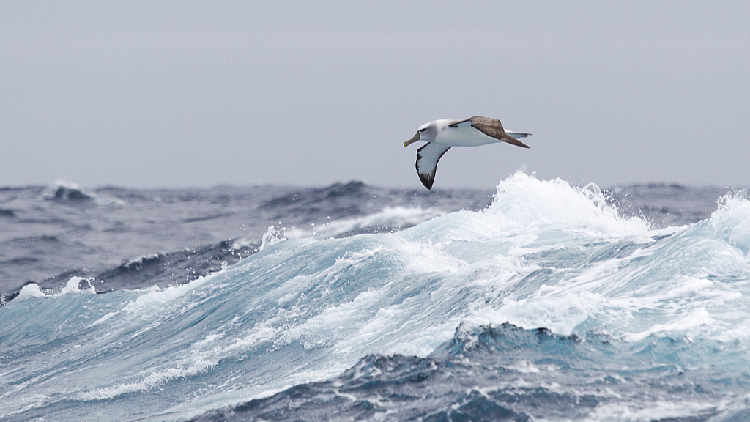UN Report Sounds Alarm on Threat to Migratory Species Worldwide
A landmark report issued on Monday highlights the global threats faced by migratory species. From African elephants in search of water, sea turtles venturing across oceans to nest, and albatrosses embarking on extensive oceanic journeys for food, peril looms over these migratory creatures all around the world.

A groundbreaking report released on Monday reveals the severe threats facing migratory species worldwide. The risk spectrum extends from African elephants on water quests, to sea turtles traversing seas for nesting, and albatrosses embarking on ocean-wide food journeys.
The inaugural "State of the World's Migratory Species" assessment, which investigates the 1,189 species encompassed by the UN Convention on the Conservation of Migratory Species of Wild Animals (CMS), shows that around twenty percent are at risk of extinction, with a concerning decline in 44 percent of species' populations.
Decimating habitats, hunting activities, and proliferation of pollutants such as plastics, chemicals, light and noise by humans are to blame.
Climate change poses an additional threat by potentially disturbing migration routes and timings due to alterations in seasonal conditions.
"The phenomenon of migration itself is under threat," acknowledged CMS chief Amy Fraenkel, emphasizing the report should serve as an alert about the ongoing environmental crisis.
Migratory species often depend on very specific sites for nutrition and mating. Their travels can span across international borders and even continents.
Emblematic species undergoing some of the world's most astonishing journeys include the monarch butterfly, the humpback whale, and the loggerhead turtle.
"Today's report presents compelling evidence that unsustainable human practices are threatening the existence of migratory species," expressed Inger Andersen, leader of the United Nations Environment Programme (UNEP).
The agricultural and fishery industries pose substantial threats.
Farming activities can cause habitat destruction, Fraenkel points out, whereas "bycatch" from fishing vessels, which results in unintentional trapping of non-target species, remains the most significant ongoing threat for whales.
Even though habitat destruction is deemed the most prominent risk to migratory animals, she underlines that for some species, "intentional killing" for wild meat, sports, or as a pest control measure, is found to be an unexpected threat in the report.
"We have identified a broad gap that now requires immediate attention," she emphasized.
The report, assembled by UNEP's World Conservation Monitoring Center, reveals that in the last three decades, 70 CMS-listed species including the steppe eagle, Egyptian vulture, and wild camel have become more endangered.
Just 14 species, including blue and humpback whales and the white-tailed sea eagle, now have a better conservation status.
Among the 158 mammals listed under the convention, 40 percent are globally threatened, the report says.
Moreover, a staggering 97 percent of the 58 listed fish species, such as migratory sharks, rays, and sturgeons, face a high risk of extinction.
Over 960 bird species are listed by CMS, and while only 14 percent are assessed as threatened, it still signifies a concern for about 134 species.
The report identifies 399 migratory species including albatrosses, ground sharks, and stingrays as threatened or near-threatened but still unlisted under CMS.
This report, intended to contribute to the upcoming Samarkand conference, emphasizes species most at risk, highlighting threats stemming from fishing, farming, and pollution.
These findings mirror a landmark biodiversity agreement in 2022, where countries committed to conserve 30 percent of the Earth's land and sea by 2030.
Many migratory species registered under CMS render economic value or provide "services" beneficial to humans. This ranges from tourism centered around whales, dolphins, elephants, and cheetahs, to the pollination facilitated by birds and bats.
However, Fraenkel notes, these species also create connections among global communities, with their departure and arrival signifying seasonal transitions.
"They truly are magnificent creatures," she affirmed.
(Cover image via CFP)
James del Carmen
Discover more Science and Technology news updates in TROIB Sci-Tech












